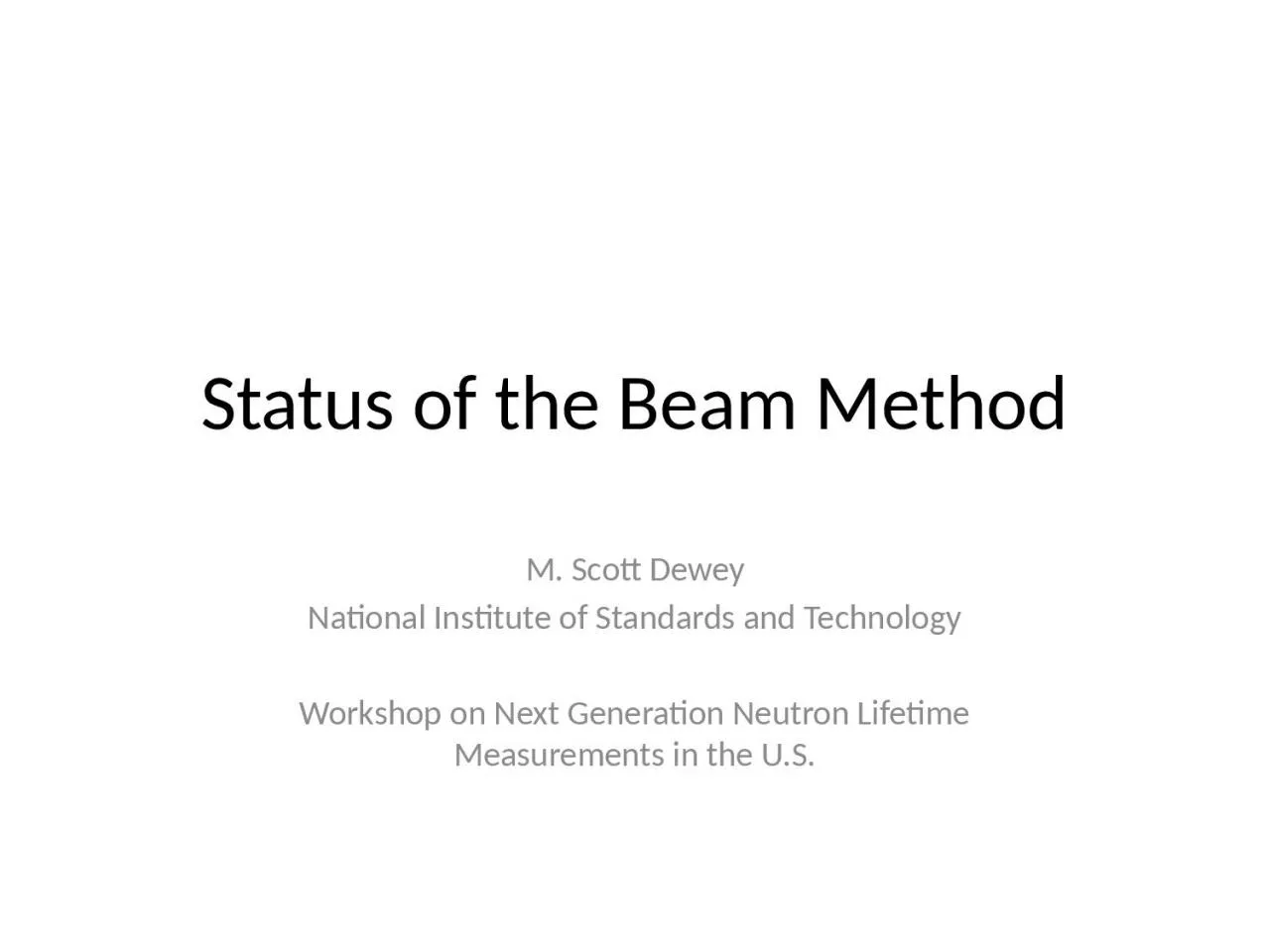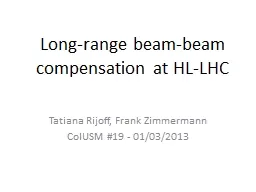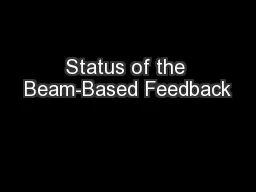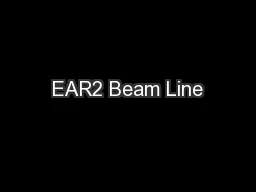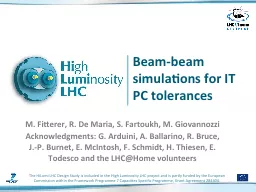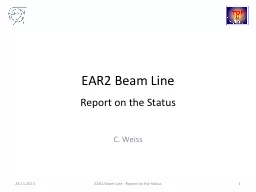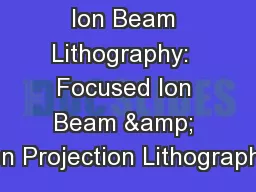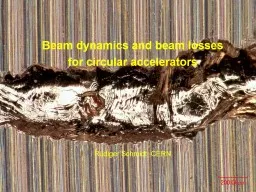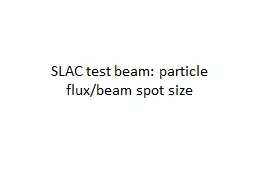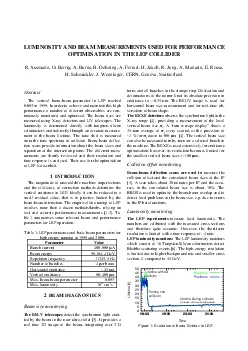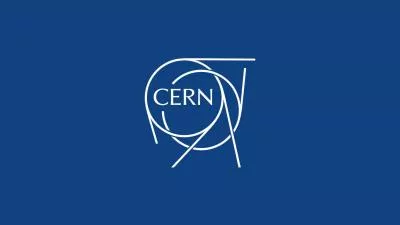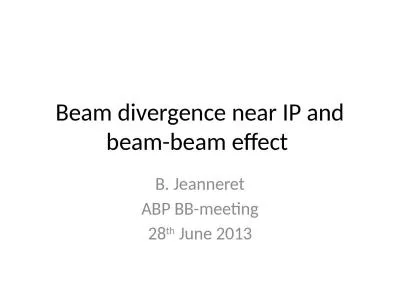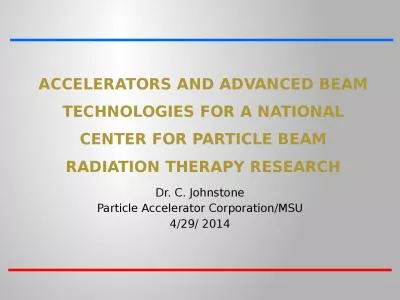PPT-Status of the Beam Method
Author : zoe | Published Date : 2022-06-28
M Scott Dewey National Institute of Standards and Technology Workshop on Next Generation Neutron Lifetime Measurements in the US How to Measure τ n Bottle
Presentation Embed Code
Download Presentation
Download Presentation The PPT/PDF document "Status of the Beam Method" is the property of its rightful owner. Permission is granted to download and print the materials on this website for personal, non-commercial use only, and to display it on your personal computer provided you do not modify the materials and that you retain all copyright notices contained in the materials. By downloading content from our website, you accept the terms of this agreement.
Status of the Beam Method: Transcript
Download Rules Of Document
"Status of the Beam Method"The content belongs to its owner. You may download and print it for personal use, without modification, and keep all copyright notices. By downloading, you agree to these terms.
Related Documents

